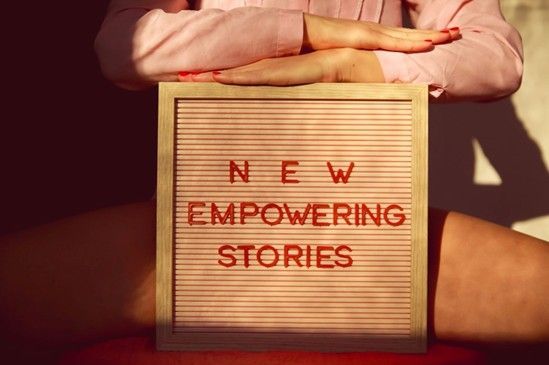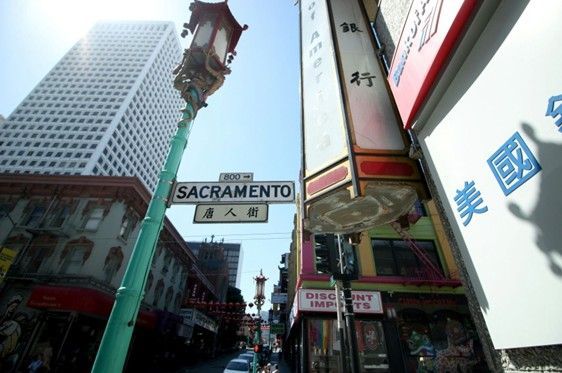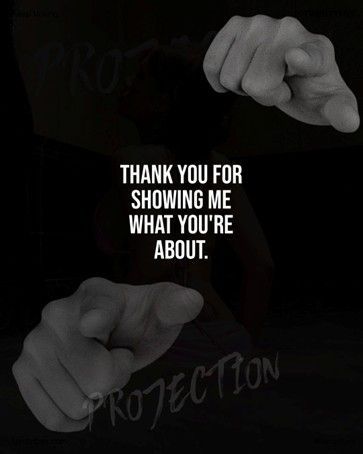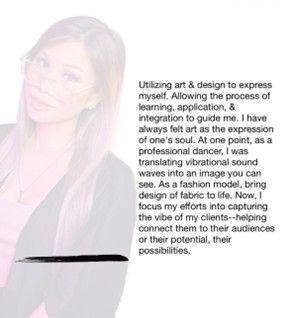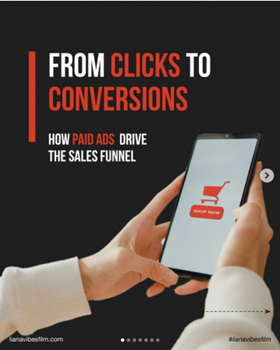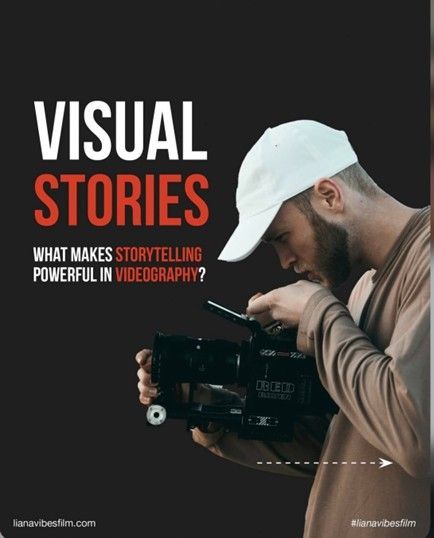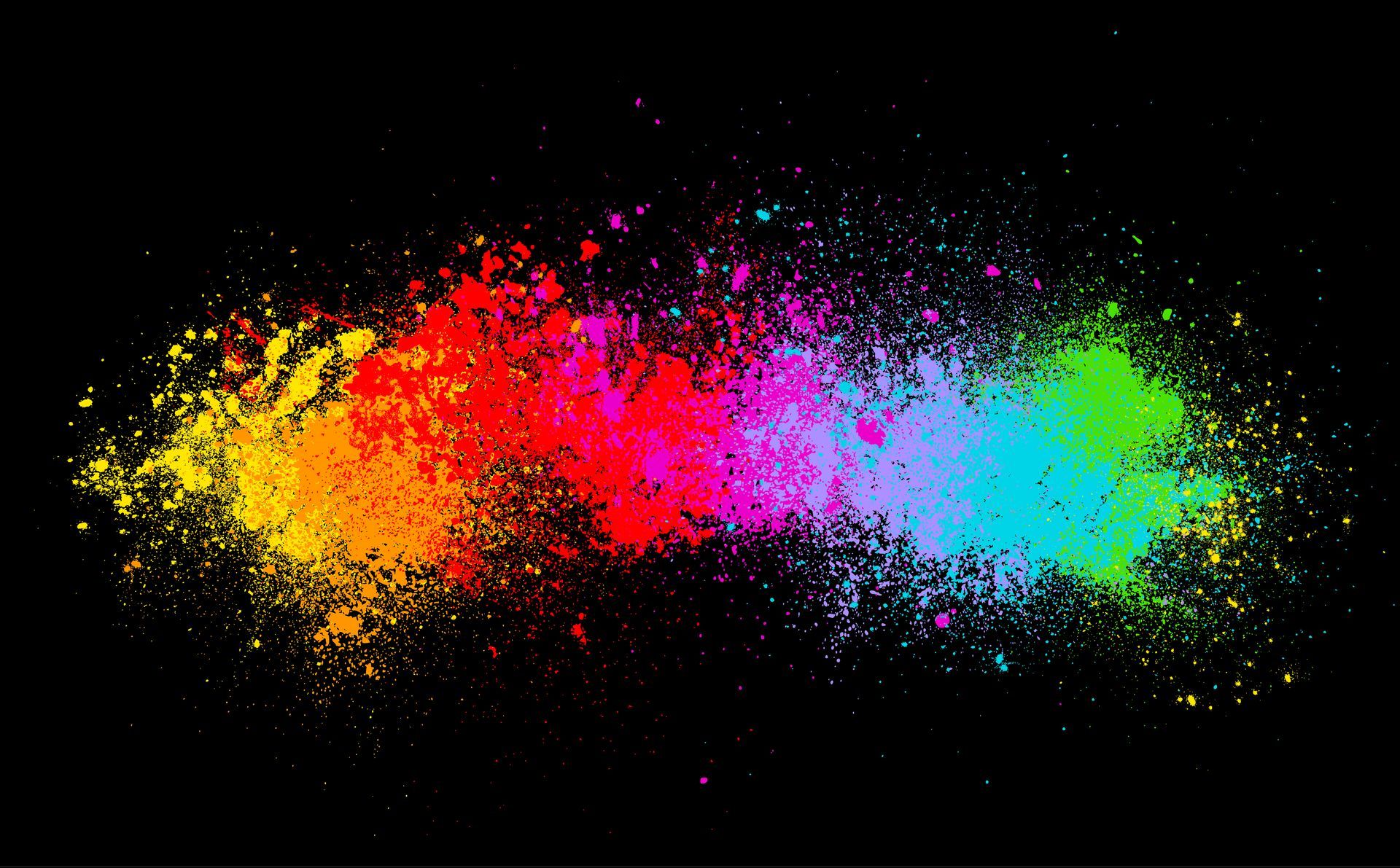Storytelling That Heals: How San Francisco Brand Films Empower Recovery from Toxic Relationships
The Transformative Power of Storytelling
In the heart of San Francisco, a city renowned for its innovation, diversity, and cultural richness, a powerful and transformative form of healing is quietly unfolding. Beyond the bustling tech hubs and iconic landmarks, a new wave of storytelling is emerging, one that harnesses the profound impact of brand films to empower individuals on their journey toward recovery from toxic relationships. These carefully crafted visual narratives are not just marketing tools; they are catalysts for personal growth, resilience, and emotional restoration.
San Francisco brand films offer more than just compelling imagery and engaging content; they provide a safe space for survivors to share their stories, reclaim their voices, and inspire others facing similar challenges. By weaving together authentic experiences with creative videography, these films become a medium through which trauma can be acknowledged, processed, and ultimately healed. This blog delves into how brand films in San Francisco are revolutionizing the way we approach trauma recovery storytelling, highlighting their role in fostering empowerment, connection, and hope.
Whether you are a survivor seeking validation, a mental health advocate, or a creative professional interested in the intersection of storytelling and healing, understanding the impact of these brand films is essential. Join us as we explore the unique ways San Francisco’s vibrant creative community is using the art of film to transform pain into purpose and silence into powerful narratives of recovery.

The Intersection of Storytelling and Healing
It has long been known that storytelling is a healing technique. According to research by Dr. Kate Truitt, storytelling can:
- Reduce symptoms of depression, anxiety, and PTSD
- Improve self-esteem and feelings of self-worth
- Increase resilience and coping skills
- Promote post-traumatic growth
By articulating experiences, individuals can process emotions, gain insights, and connect with others who share similar journeys.
San Francisco: A Hub for Empowering Brand Films
San Francisco’s vibrant arts scene and progressive ethos make it an ideal backdrop for creating brand films that resonate deeply. Filmmakers here are not just crafting visuals; they’re weaving narratives that reflect personal growth, resilience, and transformation.
One notable example is the documentary “#Toxic,” which became a semi-finalist at the San Francisco Arthouse Short Festival. This film delves into the complexities of toxic relationships, shedding light on personal experiences and societal implications.
Healing Through Videography: A Personal Journey
Consider the story of Fatima Hariri, who grew up in a Syrian refugee camp. With the help of filmmaker Mohsin Mohi-Ud-Din, she co-wrote and starred in a short film about her first experience seeing the sea. This act of storytelling became a pivotal moment in her healing journey.
Such narratives underscore the profound impact of visual storytelling in processing trauma and reclaiming one’s narrative.
Insights from Foundational Thinkers
Simon Sinek: Starting with ‘Why’
Simon Sinek highlights how crucial it is to comprehend the "why" behind behaviors. For individuals recovering from toxic relationships, identifying the purpose behind sharing their stories can be empowering. It transforms their narrative from one of victimhood to one of resilience and purpose.
Blair Enns: The Value of Expertise
Blair Enns advocates for professionals to position themselves as experts. For filmmakers, this means approaching each project with a deep understanding of the subject matter, ensuring that the stories told are authentic and impactful.
Leila Hormozi: Building a Personal Brand
Alex Hormozis highlights the significance of personal branding. For survivors, sharing their stories through brand films can be a powerful way to rebuild their identity, aligning their personal brand with messages of strength and recovery.
The Role of Emotional Brand Identity
Creating an emotional brand identity is a powerful strategy that goes beyond logos, colors, or slogans—it’s about forging a genuine connection with your audience on a deep, human level. For survivors of toxic relationships, this connection is especially vital. Sharing stories that are raw, honest, and relatable allows these individuals to break down barriers, foster empathy, and build trust with viewers who may have faced similar struggles.
An emotional brand identity taps into universal feelings such as hope, resilience, vulnerability, and empowerment. When survivors share their journeys through brand films or other storytelling mediums, they invite audiences to experience their pain and triumphs firsthand. This authenticity not only validates their own experiences but also creates a sense of community and solidarity among viewers.
Moreover, emotional brand identity helps transform personal narratives into powerful messages that inspire action and healing. It encourages audiences to engage, reflect, and even share their own stories, amplifying the impact of the original narrative. For brands and filmmakers working with survivors, prioritizing emotional resonance ensures that the stories told are not just seen or heard; they are felt deeply and remembered long after the film ends.
In essence, emotional brand identity is the heart of meaningful storytelling. It creates a lasting impact by making stories relatable and memorable, turning individual experiences into collective journeys of healing and hope.
If you’re in the San Francisco Bay Area and seeking to transform your journey into a compelling narrative, consider partnering with Liana Vibes Film. Our expertise in crafting empowering brand videos ensures that your story is told with authenticity and care.
Explore our services at Liana Vibes Film
Facts and Answers
1. How does storytelling aid in trauma recovery?
Storytelling allows individuals to process and articulate their experiences, leading to emotional release and cognitive restructuring. This process can reduce symptoms of trauma and foster resilience.
2. Why are brand films effective in conveying personal narratives
Brand films combine visual elements with storytelling, creating an immersive experience that resonates emotionally with viewers. This format is particularly effective in conveying complex personal journeys.
3. What makes San Francisco a unique location for creating brand films?
San Francisco’s diverse culture, artistic community, and progressive values provide a supportive environment for storytelling, especially narratives centered around healing and personal growth.
